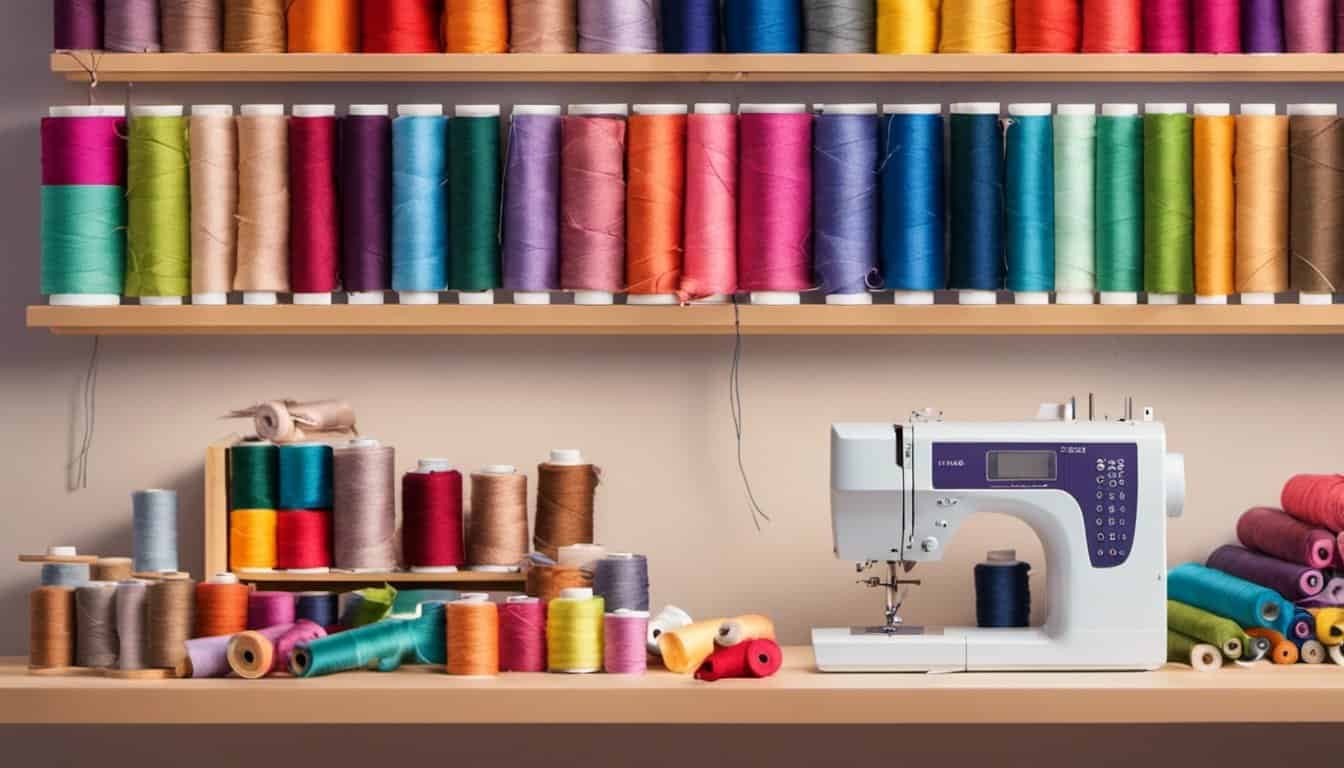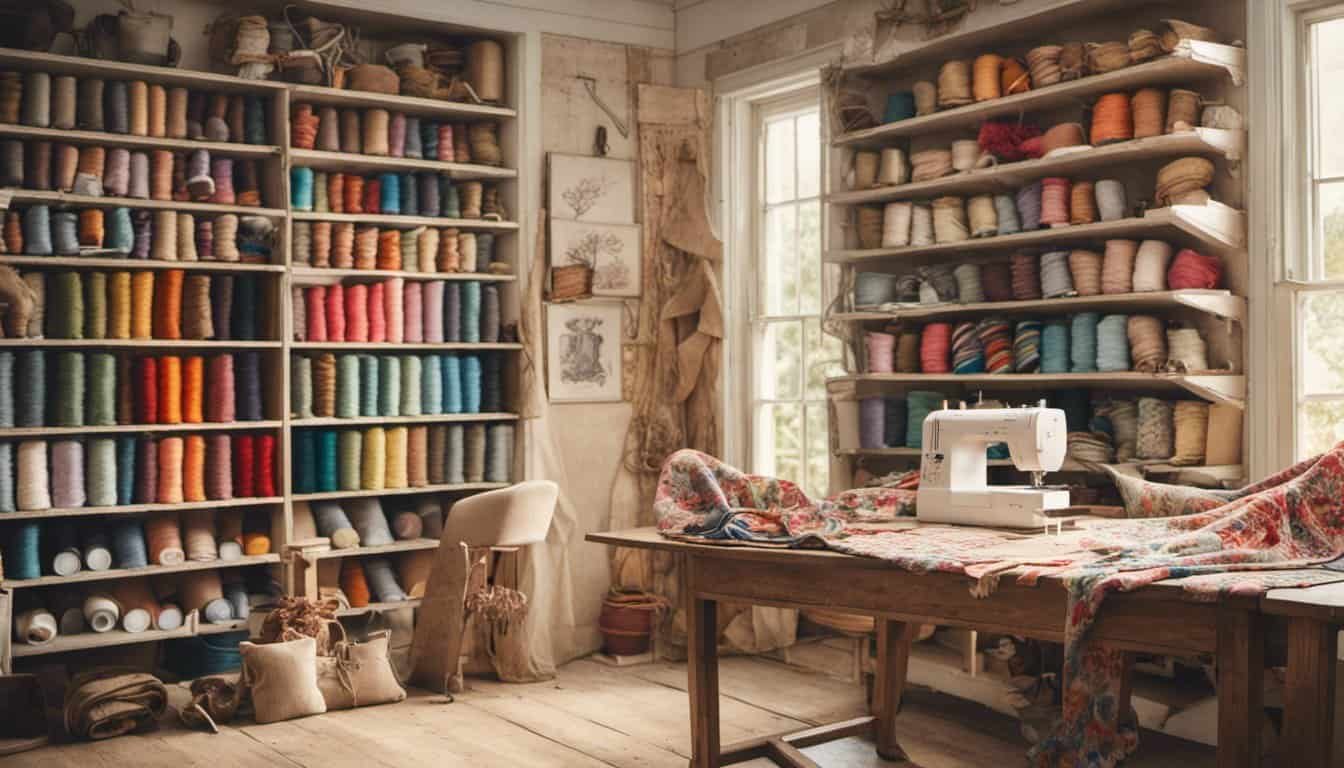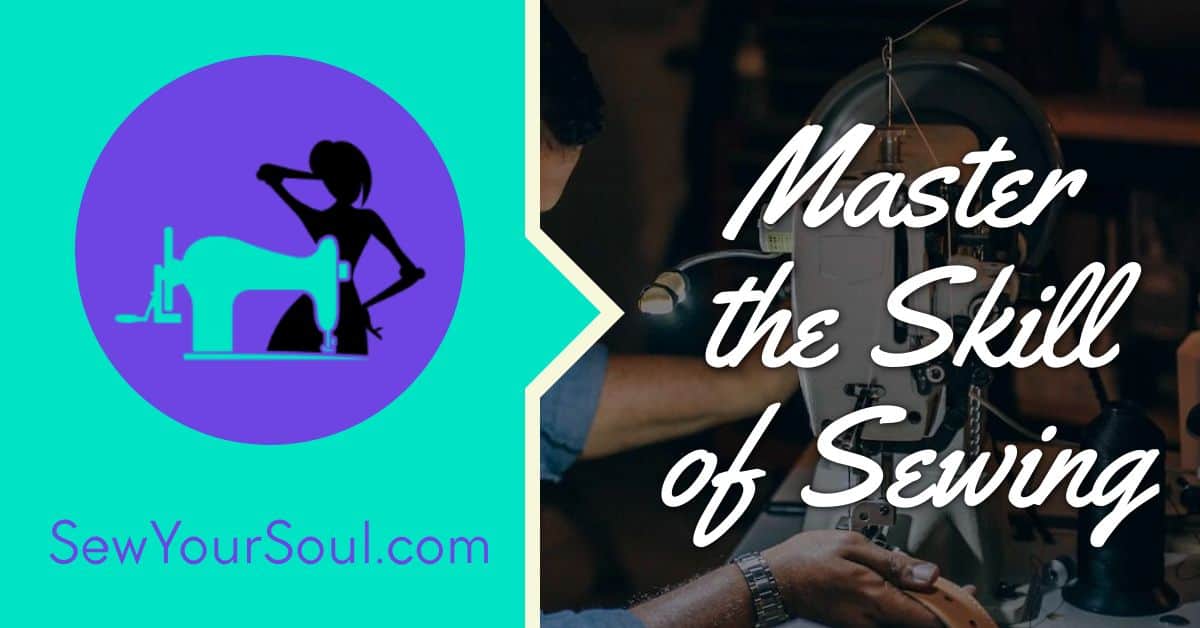Are you or a loved one an elderly individual who enjoys sewing? If so, having a well-stocked sewing kit can make all the difference in your crafting experience. In this article, we’ll explore the essential items that should be included in a sewing kit specifically designed for the elderly. From easy-to-handle tools to ergonomic accessories, we’ll provide you with the information you need to create a sewing kit that is both functional and user-friendly. Let’s get started!
As we age, our dexterity and mobility may decrease, making certain tasks more challenging. However, this doesn’t mean that sewing has to be one of them. By assembling a sewing kit tailored to the needs of elderly individuals, you can continue to enjoy this beloved hobby with ease. In this article, we’ll guide you through the process of selecting the right tools and accessories to create a sewing kit that is suitable for your needs. From adaptive tools to comfortable supplies, we’ll help you make sewing a joyous and accessible activity once again.
Sewing can be a wonderful way to express your creativity and keep your mind sharp as you age. However, it’s important to have the right tools and equipment to make the process as smooth as possible. In this article, we’ll explore the must-have items for a sewing kit designed specifically for the elderly. From lightweight scissors to large-print thread, we’ll provide you with a comprehensive list of essentials that will make sewing enjoyable and hassle-free. Let’s dive in and create a sewing kit that meets your unique needs.
Choosing the Right Sewing Kit for Elderly
When it comes to sewing, embroidery, knitting, or any other craft, having a well-stocked sewing kit is essential. But for elderly individuals, it’s important to choose a sewing kit that is tailored to their needs and abilities. Here are some tips to help you choose the right sewing kit for the elderly.
Consider Ergonomics: As we age, our dexterity and grip strength may decline. It’s crucial to select tools and accessories that are easy to handle and ergonomic. Look for sewing needles with larger eyes, as they are easier to thread. Choose scissors with a lightweight design and soft grip handles. These small adjustments can make a world of difference to the comfort and ease of sewing for the elderly.
Select the Right Supplies: When it comes to selecting supplies for an elderly sewing kit, it’s all about accessibility. Opt for items that are easy to see and handle. Choose thread with large-print labels, making it easier to read the color names. Consider using pincushions with brightly colored pins, so they’re easily visible. By choosing supplies that are visually enhanced, you’ll be helping the elderly seamstress or tailor to enjoy their crafting experience to the fullest.
Keep it Organized: An organized sewing kit is a happy sewing kit. Make sure to include a compact storage case or sewing box that is easy to open and close. Consider using small containers or bags within the kit to keep supplies neatly organized. A well-organized sewing kit ensures that everything is within reach and makes it easier for the elderly to find what they need without frustration.
Include Essential Tools: Lastly, don’t forget to include essential tools in the sewing kit. This includes a measuring tape, pins, needles, thimbles, and a seam ripper. These tools are the backbone of any sewing project, and having them readily available ensures that the elderly can tackle any sewing project with confidence.
Essential Tools and Supplies for an Elderly Sewing Kit
When putting together a sewing kit for an elderly individual, it’s important to choose tools and supplies that are not only easy to handle but also cater to their specific needs. As an expert in all things sewing, embroidery, knitting, and crafts in general, I understand the importance of selecting the right tools and supplies for a seamless and enjoyable sewing experience. Here are some essential items that should be included in an elderly sewing kit:
1. Ergonomic Tools: Opt for tools that have larger grips or handles to provide a comfortable grip for elderly hands. Look for scissors with soft grip handles, needles with larger eye sizes, and thimbles that fit well and don’t restrict movement.
2. Visual Enhancements: Visual impairment is common among elderly individuals. Consider including tools and supplies that have high contrast colors or markings. This will make it easier for them to see and navigate their sewing projects. Look for needle threaders with bright colors or threading aids with clear instructions.
3. Accessible Supplies: Organize the sewing kit with labeled compartments or separate storage containers for different supplies. Keep frequently used items like thread, buttons, and pins easily accessible. This will save time and reduce frustration when searching for specific supplies.
4. Easy-to-follow Patterns and Instructions: Include sewing patterns and instructions that are clear and easy to follow. Large print patterns or patterns with bold lines make it easier for elderly individuals to follow along. Consider printing instructions in an enlarged font size or providing a magnifying glass for easier reading.
5. Nifty Gadgets: There are plenty of gadgets available that can make sewing easier for elderly individuals. Consider including tools like automatic needle threaders, magnetic pin holders, or seam rippers with ergonomic handles. These gadgets can help simplify the sewing process and make it more enjoyable.

Finding User-Friendly Sewing Machines for Elderly Users
When it comes to choosing the right sewing machine for elderly individuals, it’s important to consider their specific needs and abilities. As an expert in all things sewing, embroidery, knitting, and crafts in general, I understand the importance of finding a user-friendly machine that is easy to operate and comfortable to use. Here are a few things to keep in mind when selecting a sewing machine for elderly users:
1. Simplicity is key: Look for sewing machines that offer simple and straightforward controls. Avoid machines with too many complicated features and buttons that might overwhelm or confuse the user. Opt for models that offer basic stitches and functions, allowing for ease of use.
2. Easy threading: Threading a sewing machine can be challenging, especially for those with arthritis or limited dexterity. Look for machines with automatic needle threaders, which can save time and frustration. Some machines even have built-in guides and diagrams to assist with proper threading.
3. Large, clear controls: Elderly users may have difficulty navigating small buttons and knobs. Choose a sewing machine with large, well-labeled controls that are easy to identify and operate. This will help ensure a comfortable and enjoyable sewing experience.
4. Adjustable speed: Sewing at a comfortable pace is important for users of any age, but it is especially crucial for elderly individuals. Look for sewing machines that offer adjustable speed settings, allowing users to work at their preferred tempo. This feature can help prevent accidents and allow for more precision while sewing.
« Discover how sewing can miraculously calm your anxiety and boost your happiness – you won’t believe the results
Discover the Mind-Blowing Transformation of Sewing an Apron – Unleash Your Kitchen Style and Creativity »
5. Lightweight and portable: Elderly individuals may prefer a sewing machine that is lightweight and easy to transport. Consider models that are compact and have carrying handles, making it simple for them to move the machine around or store it when not in use.
Remember, finding the perfect sewing machine is a personal choice. What works for one individual may not work for another. Take the time to understand the unique needs and preferences of the elderly user you are selecting the machine for, in order to ensure they have a positive and enjoyable sewing experience.
Tips for Organizing and Managing a Sewing Kit for the Elderly
When it comes to sewing kits for the elderly, organization is key. Having a well-organized sewing kit ensures that everything is easily accessible and that you can find what you need quickly. Here are some tips for organizing and managing your sewing kit:
1. Use a dedicated storage container: Invest in a sewing kit storage container that is specifically designed for holding sewing supplies. Look for one that has compartments for different types of tools, such as needles, threads, buttons, and scissors. This will help you keep everything in one place and prevent items from getting lost or misplaced.
2. Sort your tools by type: Arrange your sewing tools in your storage container by category. For example, keep all your needles in one compartment, all your threads in another, and so on. This will make it easier to locate and grab the item you need without having to search through a jumble of supplies.

3. Label everything: Labeling is a simple but effective way to keep your sewing kit organized. Use small labels or sticky notes to mark each compartment with the corresponding item or category. This way, you can easily locate what you need, especially if your eyesight is not as sharp as it used to be.
4. Keep frequently used tools easily accessible: Place the tools that you use most often in a separate, easily accessible compartment. This could include your favorite pair of scissors, a seam ripper, or a measuring tape. By having these tools within reach, you can save time and effort when working on your projects.
5. Regularly review and restock your supplies: It’s important to periodically review your sewing kit and make sure that you have an ample supply of needles, threads, and other essentials. This will prevent any delays or frustrations when you’re in the middle of a project and run out of a crucial item.
Sewing Projects That Are Suitable for Elderly Users
As an expert in all things sewing, embroidery, knitting, and crafts in general, I understand the joy and fulfillment that comes from creating something beautiful and useful with your own hands. Sewing is a wonderful hobby for elderly individuals as it not only keeps their minds sharp but also allows them to express their creativity. If you’re an elderly individual looking for sewing projects that are suitable for you, here are a few ideas to get you started:
- Pillowcases: Sewing pillowcases is a great project for beginners and experienced sewers alike. Use soft, breathable fabrics like cotton or flannel to create pillowcases that are not only comfortable but also stylish. Experiment with different patterns and colors to match your bedroom decor.
- Aprons: Aprons are not only practical but also make fantastic gifts for friends and family. Customize your apron with pockets and adjustable straps to fit your style. Choose fabrics with fun prints or elegant designs to add a personal touch.
- Tote bags: Tote bags are versatile and can be used for grocery shopping, carrying books, or even as a stylish accessory. Sewing a tote bag allows you to unleash your creativity by selecting fabrics that match your personality. Consider adding pockets or a zipper for added functionality.
- Quilting: Quilting is a time-honored tradition that has been enjoyed by generations. It is a wonderful way to create something that can be cherished for years. Start with simple quilt blocks and gradually work your way up to larger projects. Use bold colors and patterns to create a unique and eye-catching quilt.
Remember, when starting a new sewing project, it’s important to choose something that matches your skill level and interests. Don’t be afraid to start small and gradually challenge yourself with more complex projects. And always remember to have fun and enjoy the process of creating something beautiful with your own hands.

Conclusion
By following the tips provided in this article, you can create an organized and easily accessible sewing kit for elderly individuals. Using a dedicated storage container with compartments and sorting tools by type will help prevent items from getting lost or misplaced. Labeling compartments and keeping frequently used tools within reach will save you time and effort. Regularly reviewing and restocking supplies ensures that you have everything you need for your sewing projects.
In addition to the organizational tips, this article also offers sewing project ideas suitable for elderly individuals. Whether you’re interested in sewing pillowcases, aprons, tote bags, or quilting, there are plenty of options to choose from. Remember to start with projects that match your skill level and interests, and gradually challenge yourself with more complex projects.
With a well-organized sewing kit and a variety of projects to work on, you’ll be able to enjoy the therapeutic benefits of sewing while creating beautiful and useful items. Happy sewing!











